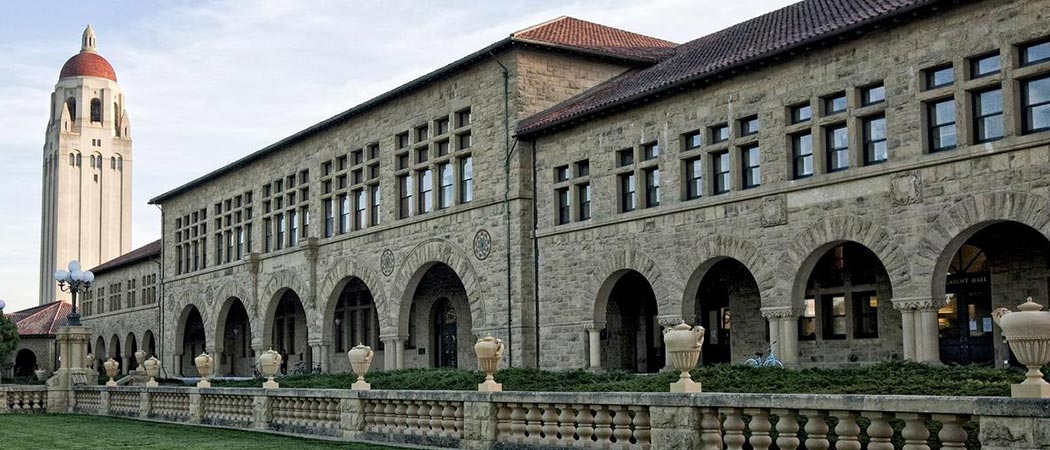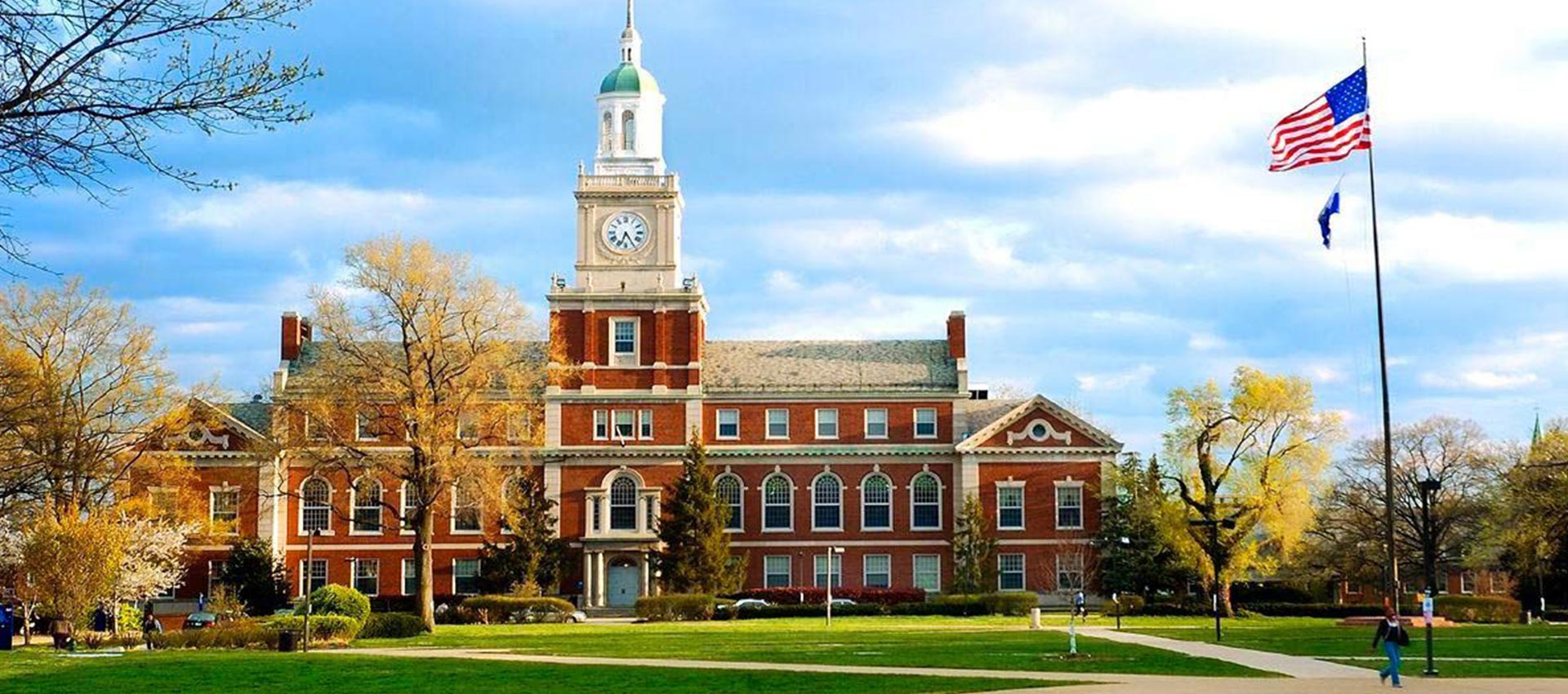Embarking on the journey of applying to US universities is an exciting yet intricate process that demands meticulous planning and preparation. From researching institutions to submitting applications and weighing financial aid options, navigating the labyrinth of requirements can be overwhelming. This brief overview aims to demystify the US university application process, providing a foundational understanding of the key steps involved and the importance of careful planning and starting early. Whether you’re a domestic student seeking the perfect fit or an international applicant navigating visa requirements, this introductory guide sets the stage for a successful application journey ahead. Let’s delve into the essentials together, empowering you to embark on this transformative educational path with confidence and clarity
Understanding the US Higher Education System
In the United States, higher education institutions vary widely in terms of their focus, size, and structure. Here’s an overview of some of the main types:
- Universities: Universities are large institutions that typically offer a wide range of undergraduate and graduate programs. They often have multiple colleges or schools within them, such as a college of arts and sciences, a business school, a law school, etc. Universities usually grant bachelor’s, master’s, and doctoral degrees.
- Colleges: Colleges are smaller institutions that primarily focus on undergraduate education. They may offer a limited number of graduate programs, but their main emphasis is on bachelor’s degree programs. Some colleges may be specialized, such as engineering colleges or music conservatories.
- Liberal Arts Colleges: Liberal arts colleges emphasize a broad-based education in the humanities, social sciences, natural sciences, and sometimes fine arts. These institutions typically have smaller class sizes and a focus on undergraduate teaching. Liberal arts colleges often promote critical thinking, writing skills, and interdisciplinary learning.
- Community Colleges: Community colleges, also known as junior colleges or two-year colleges, offer associate degrees and certificate programs. They serve local communities and often provide opportunities for non-traditional students, such as working adults or those seeking to improve job skills. Community colleges are typically more affordable than four-year institutions and can serve as a stepping stone to a bachelor’s degree program.
- Technical and Vocational Schools: These institutions focus on providing specific career training in fields such as healthcare, technology, cosmetology, automotive repair, and culinary arts. Programs are typically shorter in duration than traditional degree programs and often lead directly to employment in a specific industry.
- Specialized Institutions: These institutions focus on specific areas of study or cater to particular student populations. Examples include art schools, music conservatories, military academies, and religiously affiliated institutions.
- For-Profit Colleges: For-profit colleges operate as businesses and offer a variety of programs, often with a focus on career training. However, they have faced criticism for high tuition costs, low graduation rates, and concerns about the quality of education provided.
- Online Universities: With the advancement of technology, many universities and colleges now offer online degree programs, allowing students to pursue higher education remotely. These institutions may be traditional universities offering online courses or entirely online institutions.
These are just some of the main types of higher education institutions in the United States, each offering different educational experiences and catering to diverse student needs and interests.

Preparing for the Application Process
Preparing for the US university application process involves several key steps that can greatly influence your success. Start by researching potential universities early to understand their specific requirements, academic programs, and campus culture. Achieving strong grades in rigorous coursework throughout high school is crucial, as well as performing well on standardized tests such as the SAT or ACT, if required. Crafting a compelling personal statement and gathering impactful letters of recommendation are also essential, as they provide a glimpse into your personality and accomplishments beyond academic metrics. Additionally, consider engaging in extracurricular activities that demonstrate leadership, commitment, and passion in areas that interest you. Lastly, be mindful of deadlines and ensure that all components of your application, including financial aid documents if applicable, are submitted on time. Proper planning and organization can make the complex application process more manageable and increase your chances of admission to your preferred universities.
Researching Universities and Programs
Researching universities and programs is a foundational step in the U.S. university admissions process. Prospective students should begin by identifying their academic interests and career goals, which can guide the selection of institutions that offer strong programs in their areas of interest. Utilizing resources like college websites, virtual tours, and college ranking publications can provide insights into the academic rigor, faculty expertise, and resources available. It’s also beneficial to attend college fairs, information sessions, and to reach out directly to admissions counselors or faculty members for detailed information about specific programs. Evaluating aspects such as class sizes, internship opportunities, and alumni networks can also be critical. Additionally, understanding the campus environment and culture through reviews and student testimonials can help ensure a good fit, which is vital for academic success and personal growth. This thorough approach enables students to make informed decisions, aligning their educational aspirations with the best available opportunities.
Crafting a Standout Application
Crafting a standout application for U.S. university admissions involves a combination of personal authenticity and strategic presentation. The application should showcase not only academic prowess but also personal qualities and unique experiences that differentiate the applicant. A powerful personal statement is central, where the student conveys their story, passions, and how their experiences have shaped their educational and career ambitions. This should be complemented by letters of recommendation that speak to the student’s character, work ethic, and potential contributions to the university community. High-quality extracurricular involvement should highlight leadership, dedication, and impact, rather than merely listing numerous activities. For portfolios or additional submissions (where applicable), showcasing creativity, depth, and specialization can further distinguish the applicant. Attention to detail is crucial; a well-organized application free of errors conveys professionalism and seriousness about the opportunity. Each element should collectively reflect a coherent and compelling narrative, making a persuasive case for the student’s fit and readiness for the university they aspire to join.
Navigating the Application Process
Navigating the U.S. college application process can be a challenging journey, particularly for those unfamiliar with its many steps and nuances. The process typically begins with thorough research to identify schools that match the applicant’s academic interests and personal goals. Standardized tests like the SAT or ACT are often required, and gathering and preparing transcripts, letters of recommendation, and personal essays can be time-consuming. Each college may have its own specific requirements and deadlines, making organization and timely submission critical. Additionally, applicants need to be mindful of financial aid and scholarship opportunities, which involve separate applications and deadlines. Understanding the nuances of each requirement, staying organized, and adhering to deadlines are key to successfully navigating the U.S. college application process.
Final Steps and Decision Making
As applicants approach the final steps of the U.S. college admissions process, the focus shifts to submission, waiting, and decision-making. After ensuring all application components—transcripts, test scores, essays, and recommendations—are complete and submitted by the deadlines, applicants enter a period of waiting that can span several months. During this time, it’s important for students to keep their options open and maintain their academic performance. Decisions typically arrive in the spring, and students may receive offers of admission, rejections, or waitlist placements. Once decisions are received, students must carefully consider their options, perhaps revisiting campuses or consulting with counselors and family. Financial aid packages also play a critical role in decision-making. Finally, students must respond to their chosen school by the National Decision Day on May 1st, committing to their future college and completing any final enrollment steps. This period is crucial for making informed, thoughtful decisions that will shape their educational and professional futures.

Conclusion
Applying to university is a long process with multiple moving parts. However, you are not alone. At Horizon Scholar, we understand that applying to college is more than just filling out forms—it’s a journey of self-discovery and aspiration. Our mission is to empower students with the knowledge, confidence, and support they need to navigate this journey successfully and achieve their dreams of higher education. With Horizon Scholar by your side, mastering the Common App becomes not just a possibility, but a stepping stone to a future full of potential.

